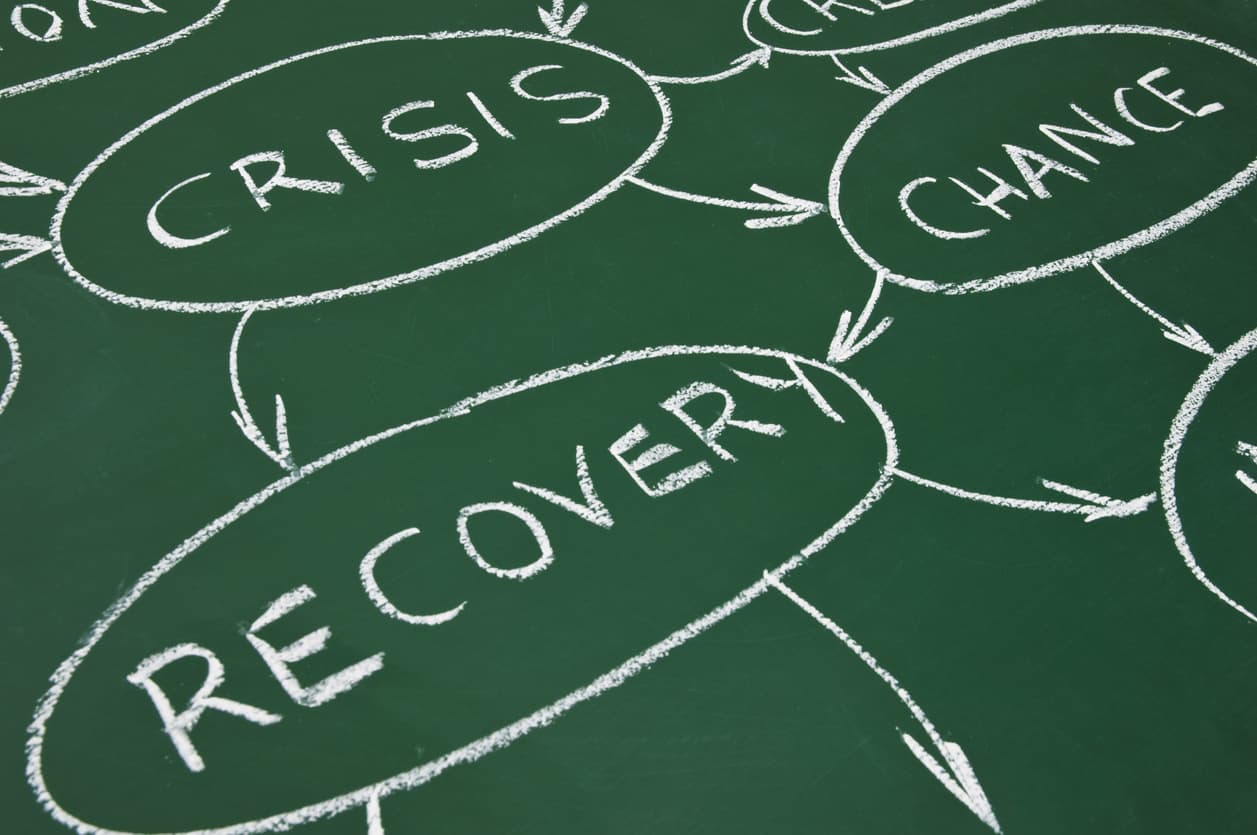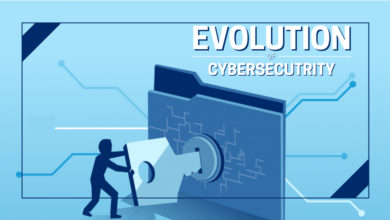Tech in Crisis Response

What is Tech in Crisis Response?
Technology plays a crucial role in crisis response. It enhances communication, coordination, and resource management during emergencies. From natural disasters to health crises, tech solutions are essential for effective responses. This article explores how technology impacts crisis response and improves outcomes.
The Importance of Timely Information
In any crisis, timely information is vital. Quick access to accurate data can save lives. Technology helps gather, analyze, and disseminate this information. For instance, social media platforms allow real-time updates during emergencies. Authorities can share alerts and safety instructions quickly.
Additionally, mobile apps provide essential information to the public. Apps like FEMA’s mobile app offer updates on disaster response and recovery resources. These tools keep communities informed and prepared.

Enhancing Communication
Effective communication is critical in crisis response. Technology facilitates better communication among first responders, government agencies, and the public. For example, radio communication systems and satellite phones ensure connectivity in remote areas. Even during power outages, these systems remain operational.
Moreover, crisis management platforms like Everbridge help organizations coordinate responses. They enable instant messaging and alerts, ensuring everyone stays informed. This coordination is crucial for effective disaster management.
Data Collection and Analysis
Data collection is another area where technology shines. Drones, satellites, and sensors gather valuable information during crises. For example, drones can assess damage in disaster-stricken areas. They provide real-time images, helping responders understand the extent of destruction.
Moreover, big data analytics helps identify patterns and trends. By analyzing historical data, organizations can predict future crises. This foresight allows for better preparation and resource allocation.
Geographic Information Systems (GIS)
Geographic Information Systems (GIS) are invaluable in crisis response. GIS tools visualize data on maps, allowing responders to understand geographic contexts. For instance, during a flood, GIS can pinpoint affected areas and vulnerable populations.
Furthermore, GIS helps in resource allocation. Emergency managers can identify locations for shelters and food distribution. This planning ensures that resources reach those in need quickly and efficiently.
Remote Sensing Technology
Remote sensing technology plays a critical role in monitoring crises. Satellites and aerial imagery provide data on environmental changes. This information is essential for tracking wildfires, floods, and other disasters.
For example, NASA’s Earth Observing System tracks changes in land and water use. This data helps assess risks and develop strategies for disaster mitigation. By using remote sensing, organizations can make informed decisions.
Social Media and Community Engagement
Social media has transformed crisis communication. Platforms like Twitter and Facebook enable quick information sharing. Authorities can disseminate updates, safety tips, and resource availability in real time.
Additionally, social media fosters community engagement. During crises, individuals can share their experiences and needs. This grassroots information can guide responders to areas requiring immediate attention. By listening to communities, organizations can enhance their response efforts.
Mobile Technology and Applications
Mobile technology is revolutionizing crisis response. Smartphones are powerful tools for information dissemination and communication. Apps provide users with access to emergency alerts, safety resources, and local services.
For example, the Red Cross app offers first aid tips and disaster preparedness resources. These tools empower individuals to take action during emergencies. Additionally, mobile payment systems enable quick donations to support relief efforts.
The Role of Artificial Intelligence
Artificial intelligence (AI) enhances crisis response capabilities. AI algorithms analyze vast amounts of data to identify trends and predict crises. For instance, AI can assess social media posts to gauge public sentiment during emergencies.
Moreover, AI can improve resource management. Predictive analytics help organizations allocate resources more efficiently. This optimization ensures that help reaches those in need promptly.
Collaboration and Partnerships
Collaboration is essential in crisis response. Technology facilitates partnerships between government agencies, NGOs, and private sectors. These collaborations enhance resource sharing and information exchange.
For example, the Humanitarian OpenStreetMap Team collaborates with local volunteers to create maps during crises. This partnership ensures that responders have accurate geographic information. By working together, organizations can maximize their impact.

Challenges in Tech Implementation
While technology offers numerous benefits, challenges remain. One major issue is the digital divide. Not all communities have equal access to technology. Rural areas may lack internet connectivity, hindering access to critical information.
To address this challenge, organizations must invest in infrastructure. Providing access to technology in underserved communities is essential. By bridging the digital divide, we can ensure equitable access to crisis response resources.
Another challenge is data security. During crises, sensitive information may be at risk. Organizations must prioritize cybersecurity measures to protect data. Ensuring that communication channels are secure is vital for maintaining public trust.
The Future of Tech in Crisis Response
The future of technology in crisis response is promising. Innovations such as virtual reality (VR) and augmented reality (AR) have the potential to enhance training and preparedness. For example, VR simulations can prepare first responders for real-life scenarios.
Additionally, the Internet of Things (IoT) will play a significant role in crisis response. IoT devices can monitor environmental conditions and provide real-time data to responders. This technology will enable more proactive measures during emergencies.
Conclusion
Technology is transforming crisis response. From communication to data analysis, tech solutions enhance efficiency and effectiveness. As we continue to face global challenges, leveraging technology is essential.
However, addressing challenges such as the digital divide and data security is crucial. By investing in infrastructure and fostering collaboration, we can maximize technology’s potential. Together, we can improve crisis response and create safer communities for everyone.




